Blind female anarchist Fanya Kaplan executed for Lenin assassination plot
WHEN communist leader Vladimir Lenin was shot a century ago today people assumed the shooter was a woman apprehended that day. But there are doubts about whether Fanya Kaplan fired the shots that nearly killed Lenin
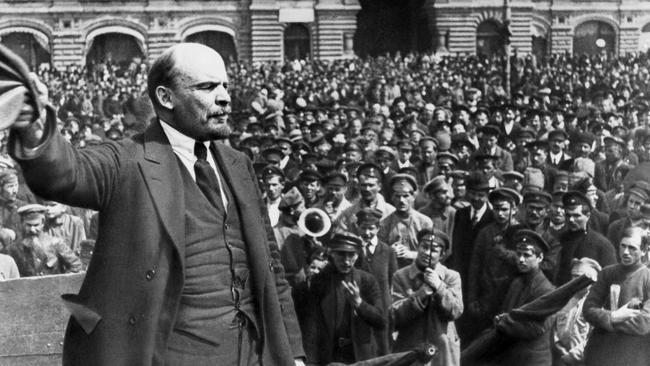
Today in History
Don't miss out on the headlines from Today in History. Followed categories will be added to My News.
THE crowd milled around the politician after he delivered a speech at the Mikhelson arms factory in Moscow. Communist leader Vladimir Ilyich Lenin looked like an ordinary Russian. But he was a charismatic man who enjoyed talking to the public so his bodyguards never stood between him and those who wanted to meet him.
As Lenin stood chatting, a pistol was fired at him. One bullet struck him in the shoulder, another in the jaw and the neck and a third passed through his coat, hitting the woman to whom he had been talking.
Wounded, Lenin slumped to the ground and panic set in. Workers from the factory scattered crying, “They’ve killed him!”
It was not the first time an attempt had been made on Lenin’s life, so militiamen and Red Guards stationed at the factory sprang into action. A suspect named Fanya Kaplan, said to have been a member of the Socialist Revolutionary (SR) party, was captured and detained.
It sparked a wave of fear through the Communist government. Earlier in the day Moisei Uritsky, chief of the Petrograd Cheka (secret police), had been assassinated.
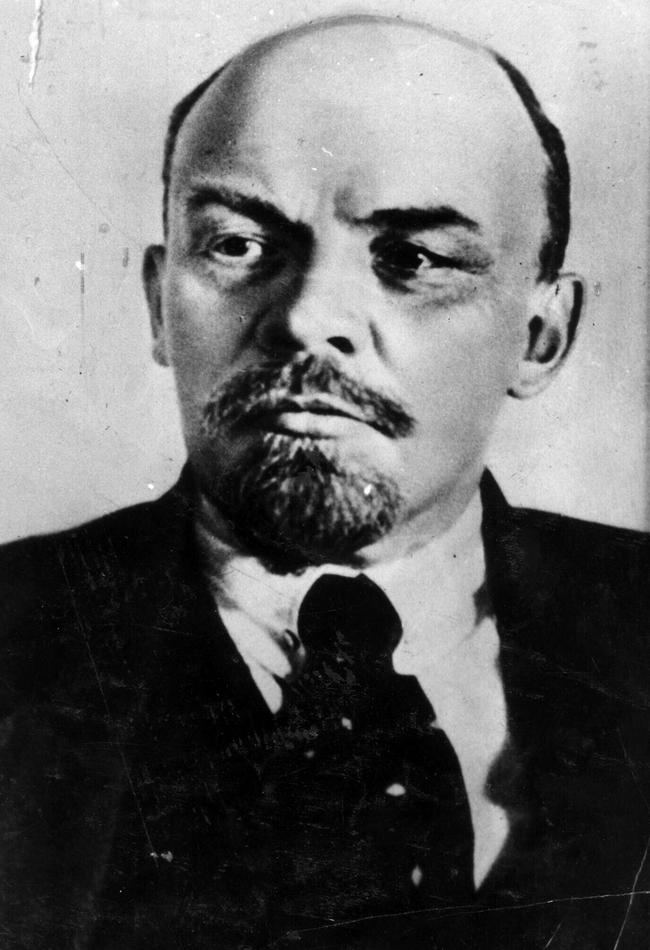
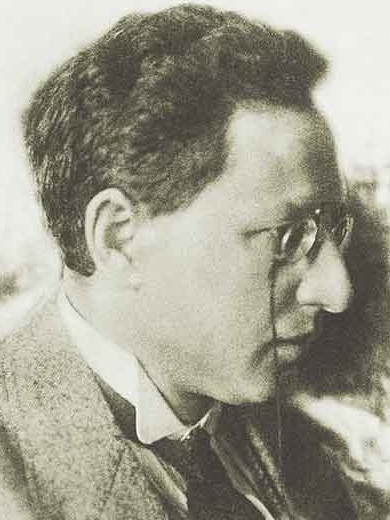
It was August 30, 1918, a century ago today, and although Lenin wasn’t killed, the assassination attempt would change the course of history. The communists began hunting down those they believed were responsible, the SR being their main political rivals, initiating the first Red Terror and setting a pattern that would be repeated in coming decades.
The wounded leader’s popularity soared as a result of his survival. But he would be plagued by health problems for the rest of his life, allowing Joseph Stalin to consolidate his power.
But there is still doubt about who actually shot Lenin. Kaplan was near blind, she had never had any experience with firearms and it was near dark when the shooting happened. Despite signing a confession, many historians doubt she pulled the trigger.
Kaplan was born in 1890 in the Russian province of Volynia in what is today the Ukraine. There is some doubt about her original name but it is believed to have been Feiga Khaimovna Roytblat or Reutman. She also sometimes went by the name Dora.
Her father was a teacher in the local Jewish community and she was mostly home schooled. As a teenager she left home to learn millinery in Odessa, but became politically aware at a very young age.
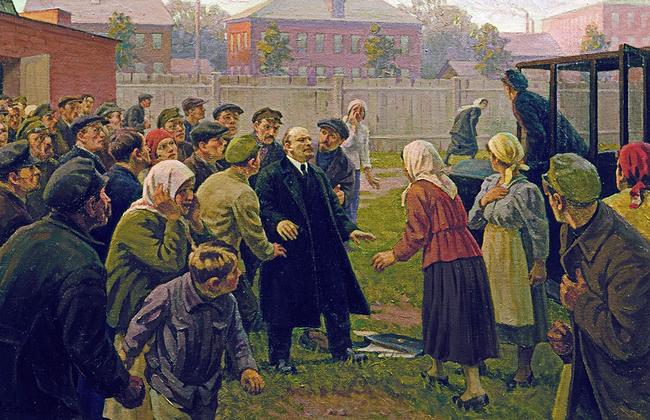
In 1906, using the name Fanya Kaplan, she moved into a flat in Kiev where she and two anarchist friends plotted acts of political terror. She was arrested when a bomb accidentally went off in her flat, killing a maid.
Sentenced to life in a katorga (labour camp) in Siberia, her physical and mental health suffered. Her eyesight began to fail and in 1909 she went blind. She was later transferred to a series of hospitals where doctors were able to restore some of her sight.
After the overthrow of the Tsar in 1917, she was released from prison and lived in Moscow with another terrorist she met in prison.
When the Bolsheviks, led by Lenin, seized power in November 1917 and ran the state through workers and soldiers collectives known as Soviets, bypassing the elected Constituent Assembly, she joined an anti-Bolshevik group. She was given a job in a municipal administration run by non-Bolsheviks, but when Lenin’s soviet government began dismantling all non-communist government organisations in January 1918, she lost her job.
It gave her reason to be angry. But there were also others who wanted Lenin dead. He had survived a shooting by monarchists in January 1918.
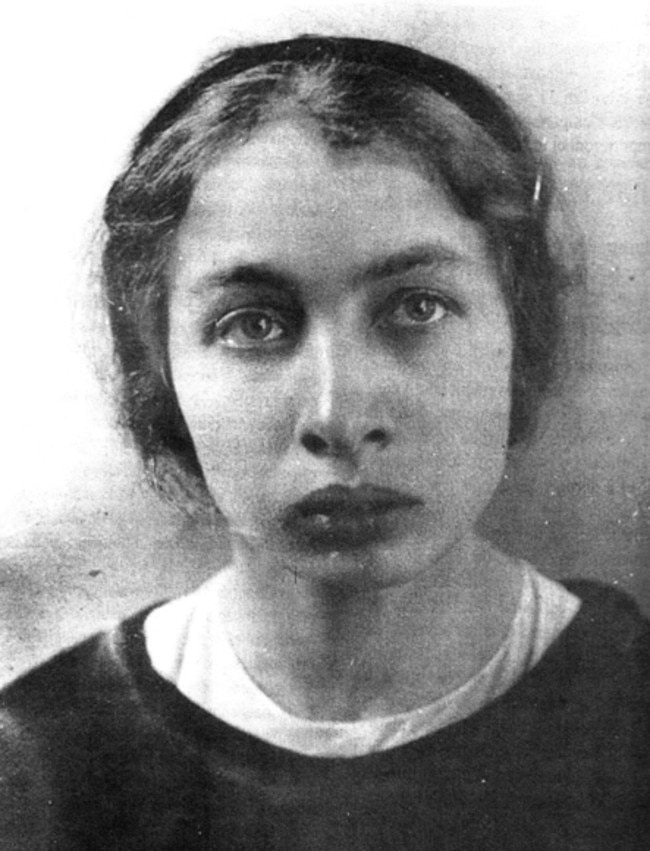
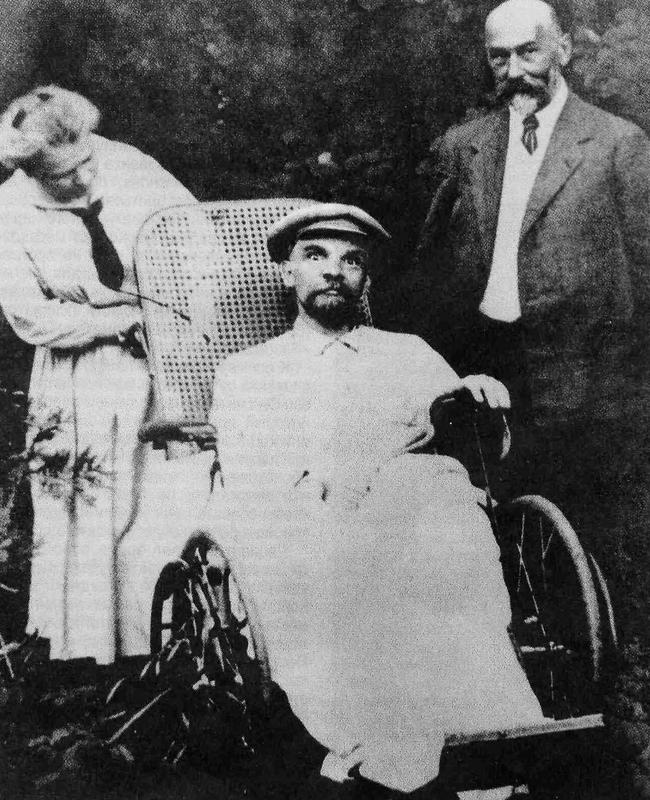
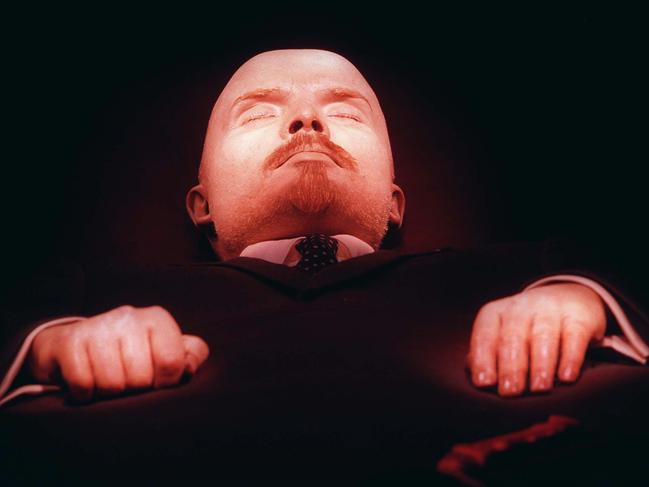
Kaplan’s movements in the months leading up to the August 1918 attempt are unknown, but it is assumed that she sought out the SR, who had positioned themselves as the main political opposition. She then plotted with them to kill Lenin.
Just why the SR would task a nearly blind woman with murdering the Communist leader is difficult to fathom. But when Lenin spoke at the Mikhelson arms factory and was shot, witnesses saw her there with a gun.
She may have been just one of several people with guns and may not have fired the shots herself.
Of the 18 witnesses questioned that day, none saw the actual shooting. She signed a confession saying: “Today I shot Lenin. I did it on my own. I will not say from whom I obtained my revolver.”
She claimed she was a supporter of the Constituent Assembly and was unhappy that it had been cast aside. On September 3 she was deemed guilty and executed with a bullet to the head.
Lenin survived only another 5½ years before he died in 1924 from a series of strokes. It is believed the injuries, along with the tide of fear and suspicion unleashed by the assassination attempt, contributed to his death.

